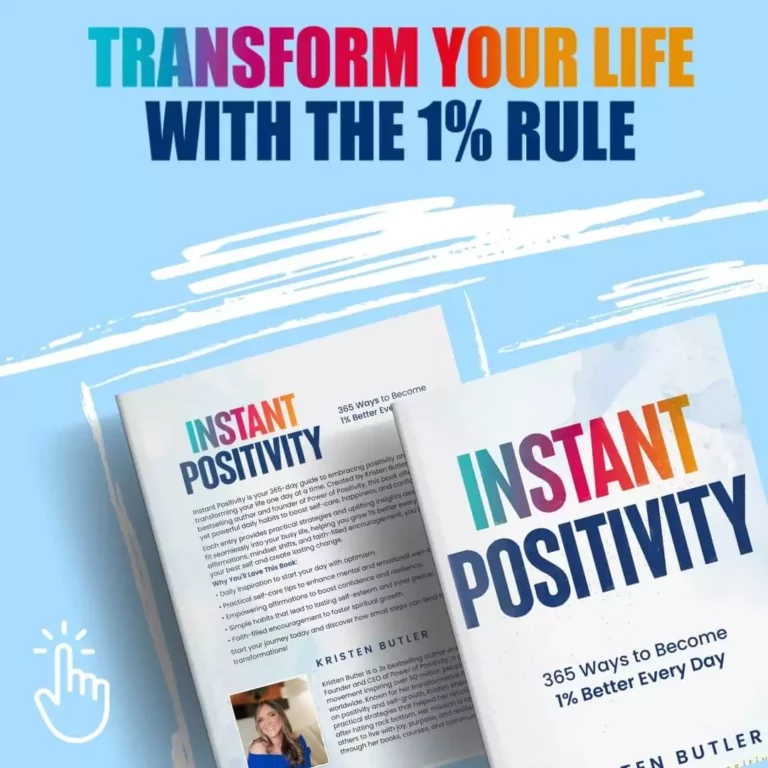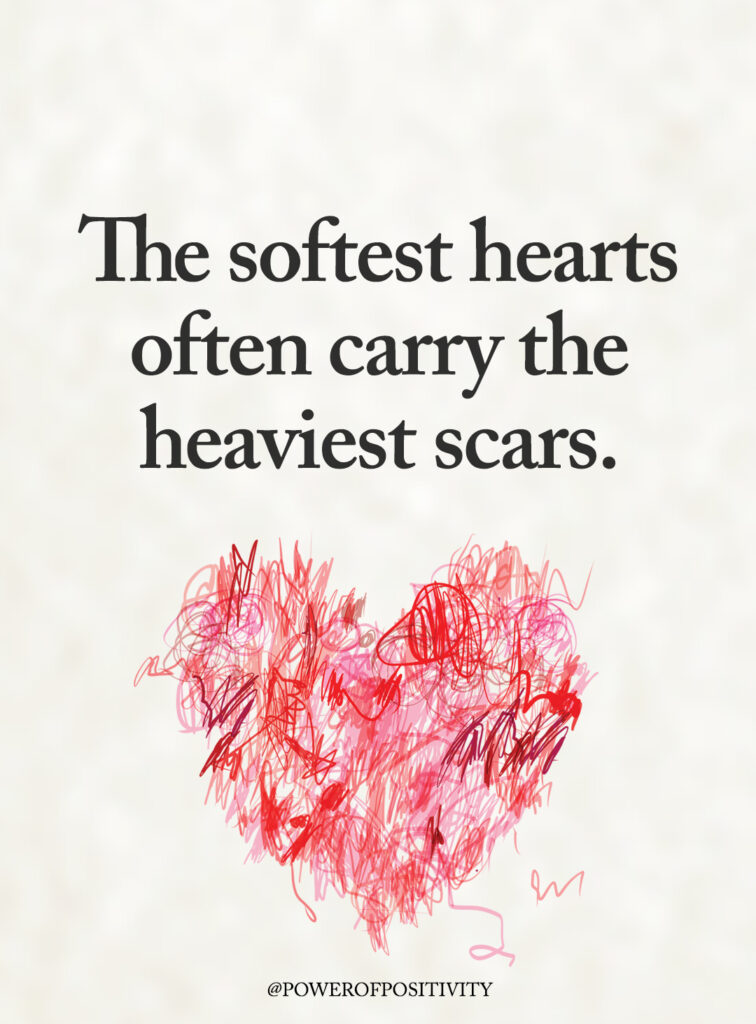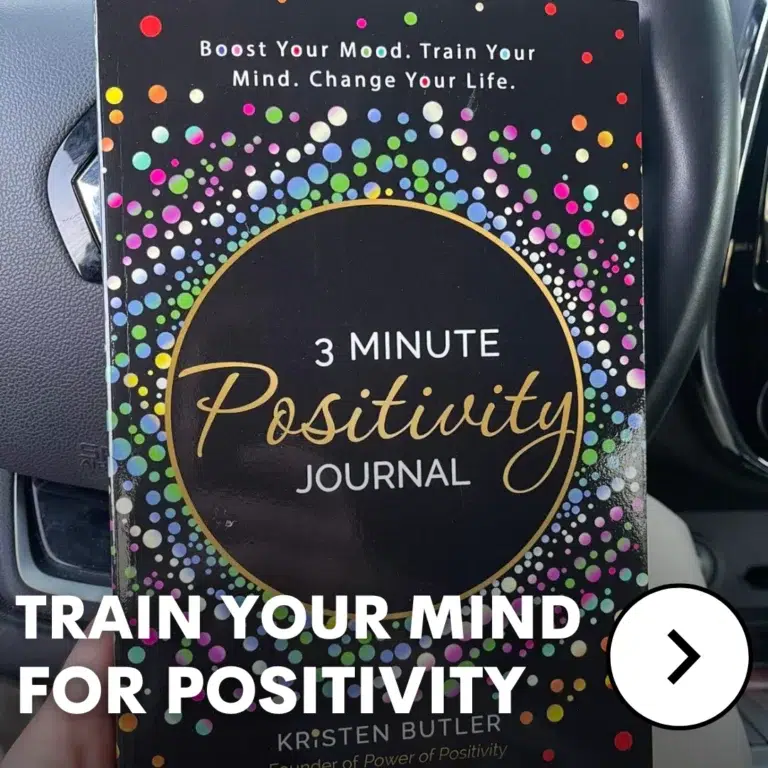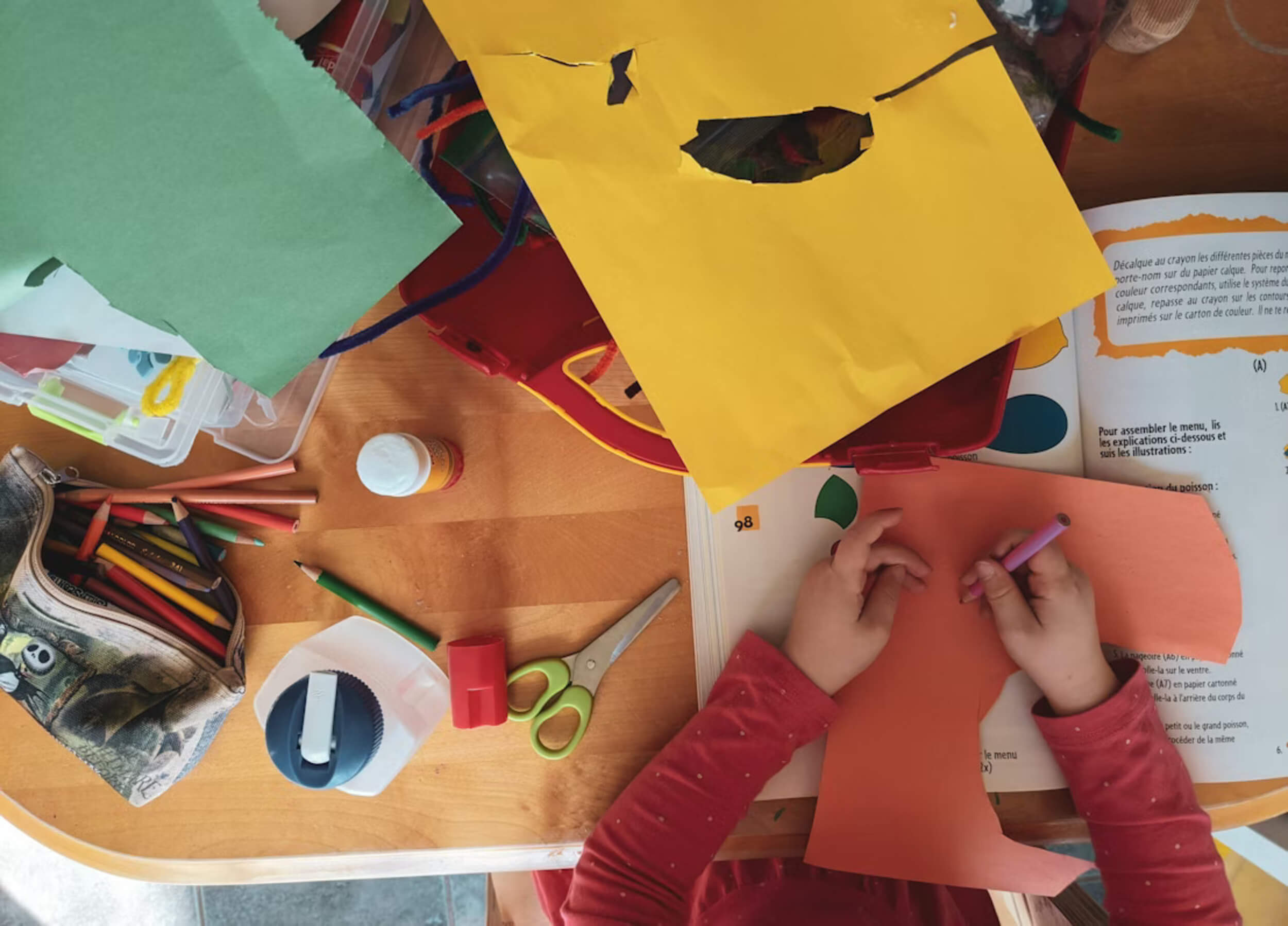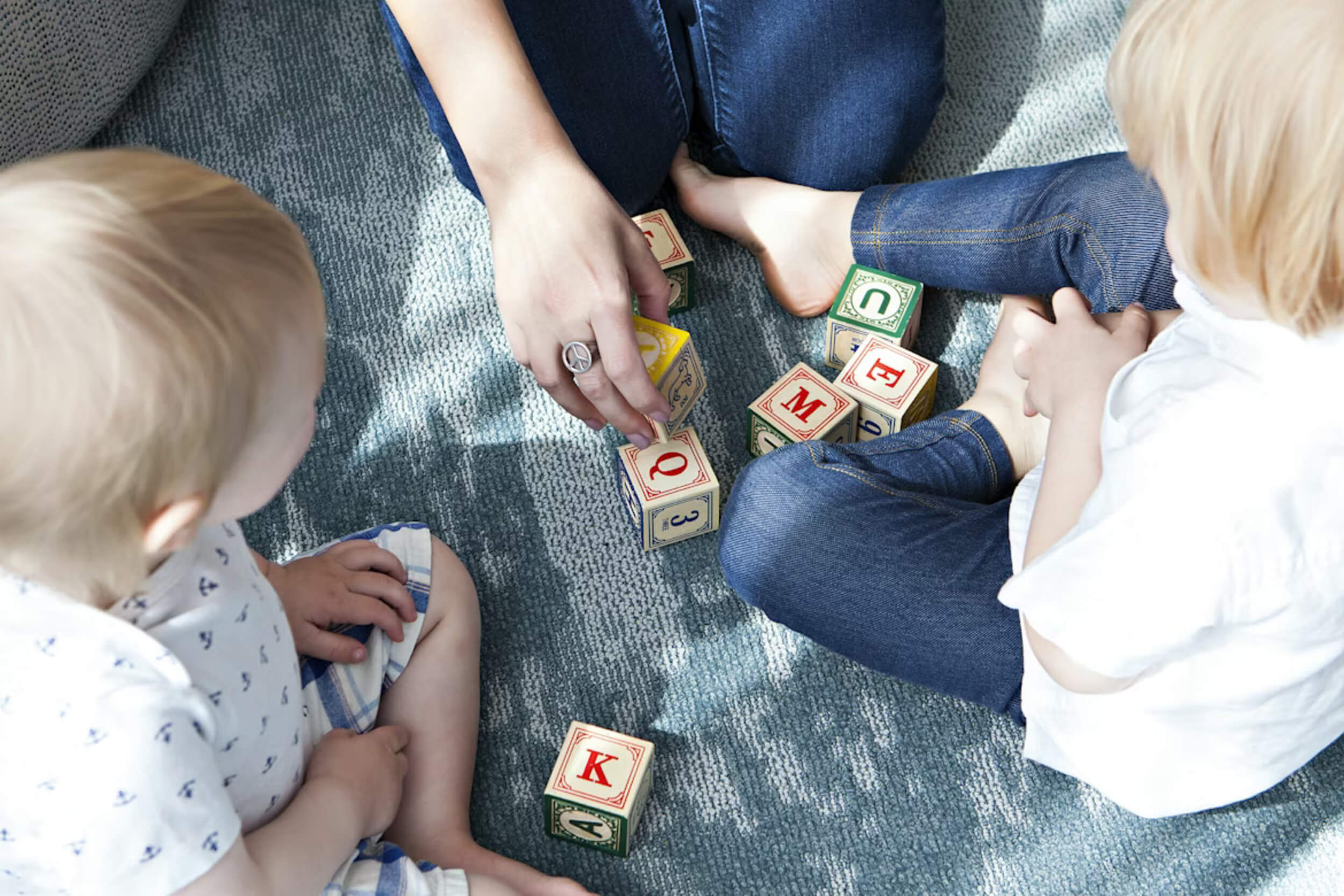Ever noticed how one small thing — a short text, a harsh tone, a small mistake — can suddenly feel like the end of the world? That’s not because you’re weak or dramatic. It’s because your body is wired to protect you. When feelings run high, your brain flips into defense mode before you even realize it. Your heart starts pounding, your breathing gets shallow, and your thoughts begin to spin faster than reason can keep up.
What’s really happening is that the amygdala — the part of your brain that handles emotion and survival — has taken charge. It reacts before your logical mind has a chance to step in. This is why you might snap, cry, or shut down before you can think things through. It’s not a flaw; it’s biology trying to keep you safe.
Understanding this helps you take back control. You can start noticing the signs earlier and calm your system before it takes over. The goal isn’t to stop feeling — it’s to stay grounded enough to respond, not react.
Balance begins when you understand what’s really happening beneath the rush of emotion — and that’s where the real ways to stay balanced start to take shape.
The Hidden Power of Awareness
Ever caught yourself reacting before realizing what set you off? That moment — the one between emotion and reaction — is where balance begins. Awareness is that pause. It’s not about shutting feelings down but noticing them before they take charge. Think of it as seeing waves before they crash.
Awareness looks different for everyone. It might show up as:
- Feeling your shoulders tighten before your words turn sharp.
- Noticing restlessness before sadness starts to sink in.
- Realizing your tone changes when you’re tired or tense.
These little signals are early warnings from your body. Paying attention gives you the power to choose your next move instead of falling into automatic reactions. You start to understand that emotions don’t control you — they only guide you when you’re listening.
You can’t control what you don’t notice — awareness is the light that steadies you. Once you learn to notice what’s going on inside, the next step is finding ways to stay balanced even when emotions rise.
Finding Your Center in the Middle of Chaos
Life can throw emotional storms your way — an argument, a bad day, or a wave of anxiety that seems to come from nowhere. Staying centered isn’t about avoiding chaos; it’s about learning how to return to calm when things shake. Here are real, simple ways to stay balanced when everything feels out of control.
A. Anchor to the Present
Emotions pull your thoughts into the past or the future — replaying old hurts or worrying about what’s next. Bringing your attention back to your senses can help.
Try these grounding habits:
- Feel your feet pressing into the ground.
- Listen to the sounds in the room — a hum, a voice, your breath.
- Touch something solid near you, like a chair or wall.
Picture yourself like a tree, your feet rooted deeply while the wind (your emotions) passes through. You don’t fight it; you stand steady until it settles.
B. Breathe Intentionally
Breathing is your body’s built-in reset button. Slow, steady breaths calm the part of your brain that’s panicking. Use this simple rhythm:
- Inhale for 4 seconds.
- Hold for 3 seconds.
- Exhale slowly for 6 seconds.
Repeat until your heartbeat slows. Every deep breath reminds your body you’re safe and in control again — one of the most practical ways to stay balanced when emotions rise fast.
C. Create Space Before You Respond
When emotions are high, reacting too quickly can make things worse. Creating space — by pausing, walking away, or even drinking water — gives your mind time to catch up with your feelings.
Think of this as a mental timeout, not avoidance. Space helps you return to a situation with clearer thoughts and kinder words. Sometimes balance means stepping away just long enough to come back wiser.
Once you’re centered, the next step is understanding why you feel the way you do.
Making Sense of What You Feel
Emotions don’t always show up one at a time. Anger can hide hurt. Anxiety can cover fear. Sadness can mask exhaustion. Recognizing what’s really behind the feeling helps you respond with clarity instead of confusion.
A. Give Feelings a Name
Labeling your emotions helps them make sense. Saying, “I’m frustrated because I wasn’t heard,” is more helpful than just “I’m mad.”
Try this:
- Replace “I’m angry” with “I feel disrespected.”
- Replace “I’m sad” with “I feel disconnected.”
Naming turns feelings into information — not something to fear, but something to understand.
B. Listen Without Judgment
Most people try to fix emotions too fast. But listening to your feelings without calling them “good” or “bad” makes a big difference. They’re simply signals that something matters.
When you allow yourself to feel without shame, emotions lose their power to control you. They stop shouting once they know they’ve been heard.
C. Find the Message Behind the Emotion
Every emotion carries a message:
- Anger can mean your boundaries were crossed.
- Sadness can signal loss or disconnection.
- Anxiety often points to uncertainty or lack of safety.
Once you know what your emotions are trying to say, you can act wisely instead of reacting impulsively. Balance grows when you learn to decode your emotions, not deny them. And when you finally understand what they’re telling you, the next step is learning to express them in healthy ways to stay balanced.
Expressing Emotion Without Losing Control
People usually do one of two things with strong emotions — let them explode or keep them buried. True balance sits between both extremes.
A. Choose How You Share, Not If You Share
It’s okay to express your emotions, but timing and tone matter.
Try:
- Writing down how you feel before talking about it.
- Taking a walk before responding to an upsetting text.
- Speaking calmly once you’ve cooled down.
You can express the same truth without the explosion.
B. Use Movement to Release What Words Can’t
Sometimes talking isn’t enough. Movement helps release built-up energy.
Helpful actions include:
- Walking or jogging for a few minutes.
- Stretching or doing light yoga.
- Dancing to your favorite song or cleaning the house.
Motion clears emotion — it’s your body’s natural way to reset.
C. Seek Support When It’s Too Much
No one is meant to handle everything alone. Talk to a trusted friend, counselor, or therapist if emotions feel too heavy. Asking for help is not weakness — it’s wisdom.
Some storms are just easier to face when someone else holds an umbrella with you. Emotional balance isn’t one act; it’s a rhythm that gets stronger every time you practice these ways to stay balanced.
Practicing Emotional Balance in Everyday Life
Emotional control isn’t only for hard times — it’s something you build every day. Here’s how to make balance part of your daily rhythm.
A. Build Calm into Routine
Little habits create long-term steadiness.
Try these daily choices:
- Start the morning quietly before checking your phone.
- Take short breaks during the day to breathe or stretch.
- End the night with a moment of gratitude instead of worry.
Peace is something you train for, not something you wait for.
B. Protect Your Emotional Boundaries
Too many demands, screens, or opinions can drain your balance. It’s okay to say, “Not now.” Limit your exposure to negativity — both online and in person. Boundaries don’t make you cold; they keep you centered.
C. Stay Curious, Not Critical
Losing balance happens. Instead of getting frustrated, ask, “What threw me off?” Maybe it was lack of sleep or skipping breakfast. Curiosity turns mistakes into lessons. That’s how emotional strength quietly grows.
Over time, these small acts of awareness build lasting resilience — the kind that steadies you no matter what’s happening around you. They’re some of the most reliable ways to stay balanced day after day.
Final Thoughts: Balance Is a Practice, Not a Destination
Emotions will always come and go — that’s part of being human. What matters is how you handle them. Balance isn’t about never feeling upset; it’s about learning to ride the waves instead of drowning in them.
Each deep breath, each pause, each honest moment with yourself strengthens that inner calm. Staying balanced doesn’t mean you never fall — it means you always know how to find your way back.
Treat emotional balance like daily care, not crisis control. The more you practice, the more you’ll notice peace showing up on its own. Eventually, you’ll feel at home within yourself — no matter what’s happening outside.




